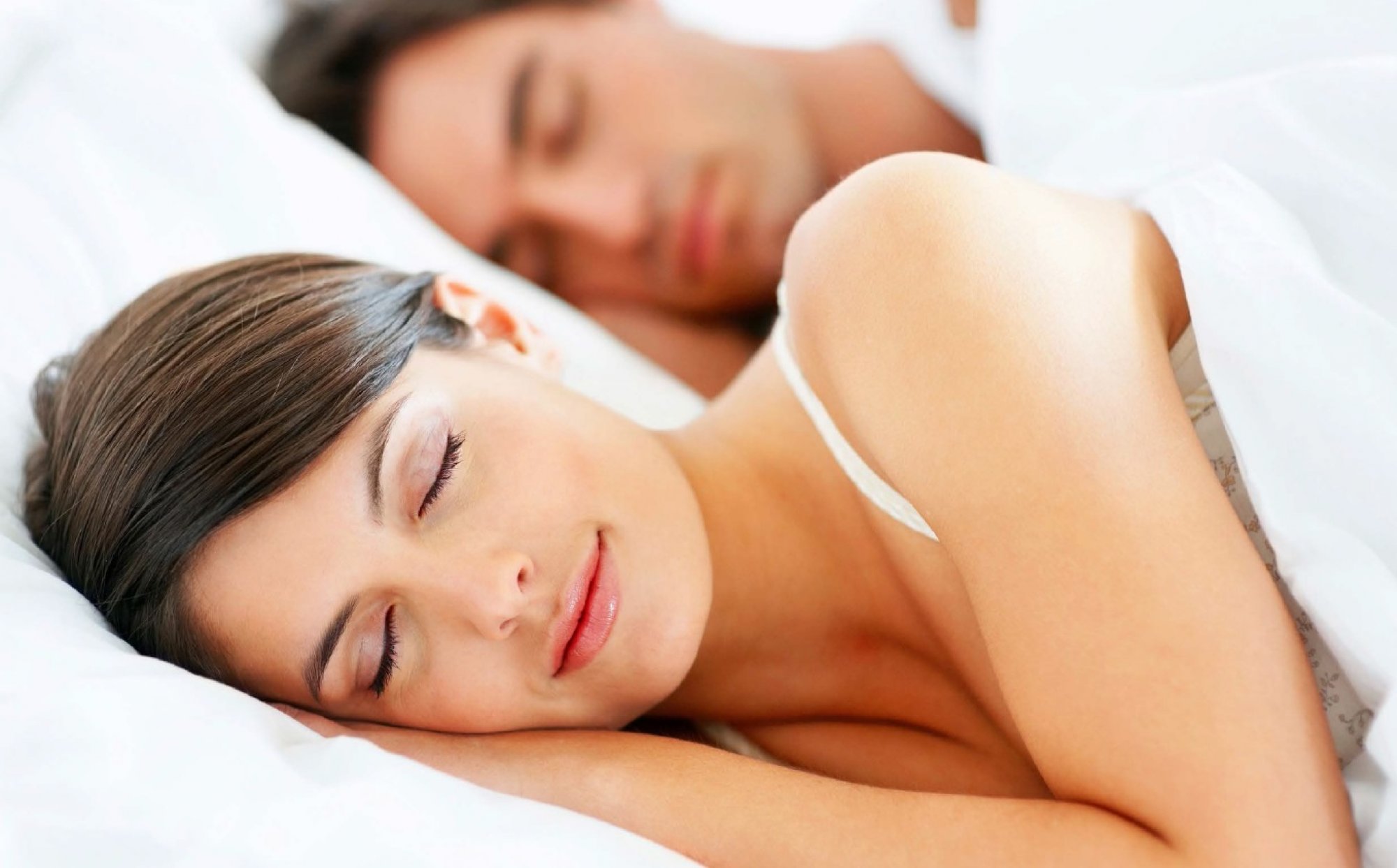As the start of daylight-saving time approaches, we eagerly anticipate that extra hour of sleep gained when we “fall back.” However, the biannual time change can have significant effects on our well-being. In this blog, we’ll explore how Daylight Saving Time (DST) disrupts various aspects of our lives, from sleep to driving and shift work, and how innovative solutions like Re-Timer light therapy can help mitigate the challenges.
The Impact of DST on Sleep
As soon as you land in a new time zone, your energy takes a nosedive. You’re wide awake at odd hours, yawning in the middle of the day, and your mood is like a rollercoaster. While you know you are experiencing jet lag, there are more causes for concern thanks to your disrupted sleep pattern. Jet lag is a temporary sleep disorder that occurs when your body’s internal clock, known as the circadian rhythm, becomes out of sync with the local time of your new destination as it is still tuned to your pre- travel time zone.

DST can disrupt our sleep patterns in several ways.
When clocks spring forward, we lose an hour of sleep, leading to temporary sleep deprivation. This adjustment can also disrupt our circadian rhythms, making it challenging to fall asleep and wake up at desired times. Some studies suggest that DST is associated with an increased risk of health issues, such as heart attacks and strokes, due to the abrupt time changes. Mood disturbances, difficulties in maintaining regular sleep patterns, decreased sleep quality, and disruptions in daily schedules are common consequences of DST.
DST & Driving: A Road Safety Concern

DST’s effects aren’t limited to sleep; they extend to driving as well. The time shift can lead to an increase in accidents, primarily due to reduced visibility, driver fatigue, circadian rhythm disruption, inconsistent driving schedules, and rapid changes in light conditions. In the days following the start of DST, there’s an elevated risk of accidents, highlighting the need for heightened awareness and precautions among drivers during this period.
The DST Challenge for Shift Workers

Shift workers already face the challenges of irregular sleep patterns and non-standard work hours, and DST adds an extra layer of complexity. The abrupt shift in time disrupts their sleep routines, leading to sleep deprivation and fatigue. Coping with both their work schedules and the external time change can be particularly challenging, potentially resulting in persistent sleep disturbances. Over time, these disruptions can contribute to long-term health problems, including cardiovascular issues, metabolic disorders, and mood disturbances. The additional stress and demands of shift work during DST transitions can increase stress levels and the risk of burnout.
Re-Timer Light Therapy: A Solution to DST Challenges

Re-Timer light therapy wearables provide a promising solution to counter the adverse impacts of DST. These innovative wearables emit blue-green light that replicates the natural spectrum of sunlight.
Here’s how Re-Timer can assist in managing the biannual time change:
- Regulated Light Exposure: Re-Timer allows for controlled light exposure, helping to reset the circadian rhythm and gently adapt to the new time schedule without abrupt changes.
- Improved Mood and Productivity: Re-Timer ’s light therapy can mitigate mood swings and support individuals experiencing conditions like Seasonal Affective Disorder (SAD).
- Enhanced Sleep Quality: Re-Timer can improve the quality of sleep by regulating the circadian rhythm, making it easier to fall asleep and wake up at desired times.
While the American Academy of Sleep Medicine (AASM) suggests adopting year-round standard time, Re-Timer can be an immediate aid in managing the DST transition. By investing in Re-Timer light therapy wearables, you can gradually adapt your circadian rhythm and alleviate the negative effects of DST.
Remember that your well-being should never be compromised by the ticking of the clock. With Re-Timer, you have the power to stay in harmony with your body’s natural rhythm, ensuring a smoother and healthier adjustment during Daylight Saving Time





